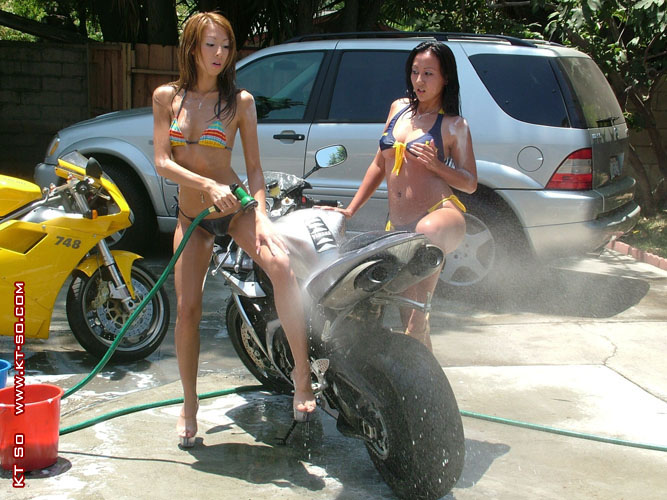originally published in "Bike" magazine, July 1982
Throughout last year (1981) the residents of a quiet Bologna suburb were regularly treated to the sight and sound of a scruffy black Morini V twin growling along their streets to and from nearby dual carriageways. It obviously wasn't just another 500cc prototype - it's motor appeared to breathe through a collection of washing machine parts, the steering head was loaded with dials and controls, and the tester riding it occasionally fiddled with various knobs on a small electronic control box. Had those same residents visited the Milan motorcycle show last November, it’s likely they'd have failed to make any connection between the slickly finished machine grabbing all the attention on the Morini stand and that ratty test bike tooling up and down the Via Alfredo Bergami back home in Bologna.

Except that both bikes had Turbo written on their side panels. Morini, the smallest of the Italian motorcycle manufacturers making it’s own motors, just had to be the least likely candidates for the title of First Non Japanese Production Turbo Makers. Committed to moderate production of a standard range of machines of no more than half litre capacity, using 72o V twin motors and a single-pot derivative, the little Bologna factory’s philosophy hardly included assaulting the problem-strewn heights of turbocharging - let alone turbocharging a V twin; something supposedly so difficult Honda only did it to show off. Yet the decisions which sent Morini down Turbo road were taken nearly 10 years ago. In 1974, soon after introduction of the 350cc Sport, Moto Morini began looking at what to do next.

The Sport itself, designed by former Ferrari engineer and designer Franco Lambertini, was introduced in response to the changing world market for motorcycles. The Italian industry saw the writing go up on the wall in large Japanese characters during the late ‘60s. Morini, having been bombed out in 1943, built a steady base by meeting Europe's post-war demand for small motorcycles with a series of 98cc-25Occ four strokes. Convinced that they'd be unable to continue for long in the face of Oriental competition, Morini and the other Italian marques decided to move into areas where the Japs couldn't or hadn't the technology to compete - exclusivity and handling. Laverda went for super berserk mega muscle triples. Ducati brought out its refined and esoteric 90o V twins, Moto Guzzi did its best with its antiquated transverse V twin, shaft-driven motor. Only Benelli (under Alessandro de Tomaso) tried to take on the Japanese on their own ground with a never-very successful range of fours and sixes. Morini's founder, Alfonso Morini, died in 1969 and the business was taken over by his daughter Gabriella. Two years later the first Morini V twin prototype appeared. At the time, it was an ideal move. The company now had a sporty (read 'satisfyingly loud'), slim, nice handling machine with an instantly identifiable powerplant, production of which was easily within the capacity of its small factory. Add a 125cc single (effectively a V motor with one pot looped off), a 250cc twin for rich kids in the home market and a 500cc V for overseas and their short-term future was assured. So far so good. Morini's thinking from this point on was influenced by several factors. For one thing, three-quarters of its production goes to the home market where anything larger than 380cc has got to be pretty exciting to sell well because of Italy's infamous 35 per cent VAT loading on bikes over that capacity.

Morini were determined to stick with the 72o motor which had become their trademark but at the same time it was clear that hogging Lambertini's design out to 500cc for the Maestro was pushing its ability to produce horsepower in the required amounts... Read more
.












No comments:
Post a Comment